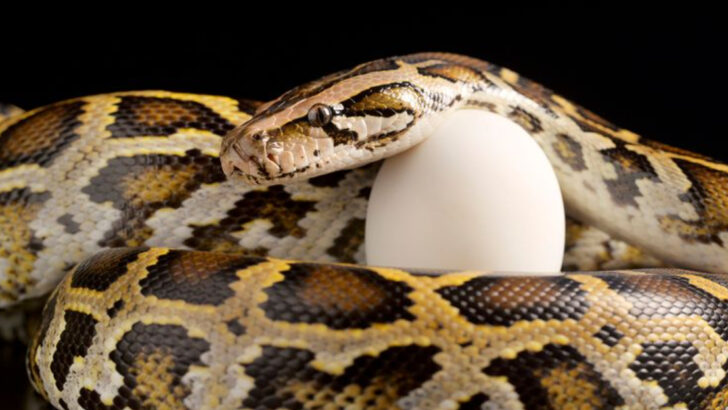They don’t just invade. They take over.
Pythons aren’t slithering side characters in the ecosystem—they’re full-blown apex predators with no off switch. Once they arrive, things go quiet. Too quiet. The birds vanish. The rabbits disappear. Even the alligators start looking nervous.
These snakes aren’t just out of place—they’re rewriting the food chain. From Florida swamps to tropical forests, they’ve managed to thrive where they don’t belong, and it’s turning entire habitats upside down.
What makes them so dangerous? It’s not just their size or strength—though those don’t hurt. It’s the way they sneak in, spread fast, and wipe out anything smaller than themselves.
Here are 15 facts that prove pythons aren’t just invasive—they’re one of the most dangerous forces nature didn’t ask for.
Rapid Reproduction
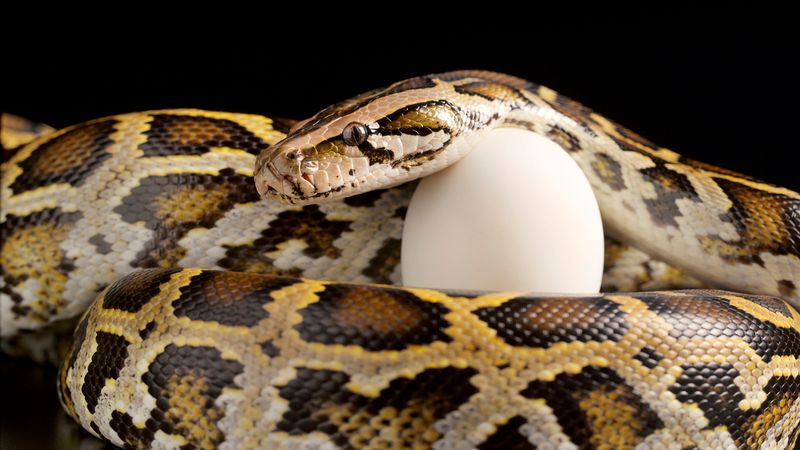
Pythons are prolific breeders, with the ability to lay a substantial number of eggs in one clutch. Their reproductive rate allows them to multiply rapidly, leading to significant population growth in invaded areas.
This swift increase in numbers overwhelms local fauna, as ecosystems struggle to cope with the sudden influx. Their breeding success is one reason they are such a menace.
The lack of natural predators in new territories means that most offspring survive, contributing to even greater population explosions.
Impressive Camouflage
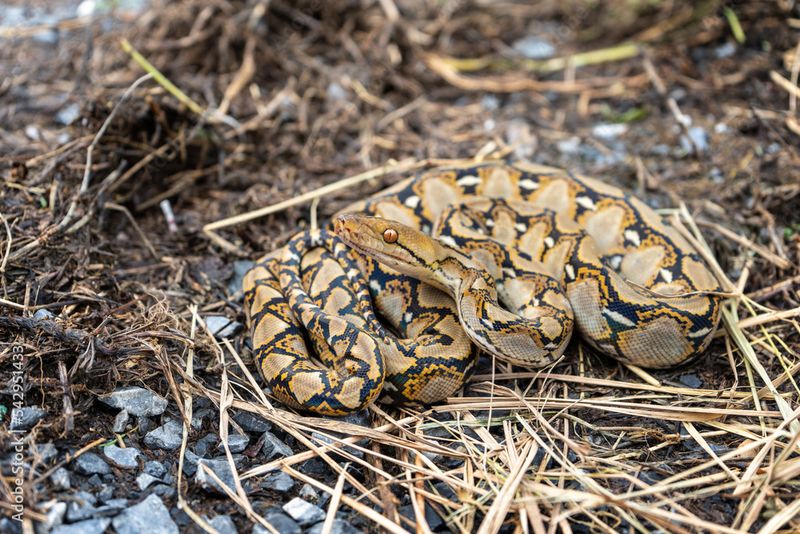
With their intricate patterns and muted colors, pythons can easily blend into their surroundings. This mastery of disguise allows them to ambush prey effectively, making their presence even more dangerous.
Their camouflage skills make it difficult for prey and predators alike to detect them. This stealthy approach not only helps them hunt but also evade human efforts to control their population.
Voracious Appetite

Pythons have an insatiable appetite, consuming a wide variety of animals. Their diet includes mammals, birds, and reptiles, leading to drastic reductions in local wildlife populations.
Their size and strength enable them to take down prey much larger than themselves. This capability results in over-predation, which can lead to the extinction of native species in certain habitats.
Adaptability to Environments
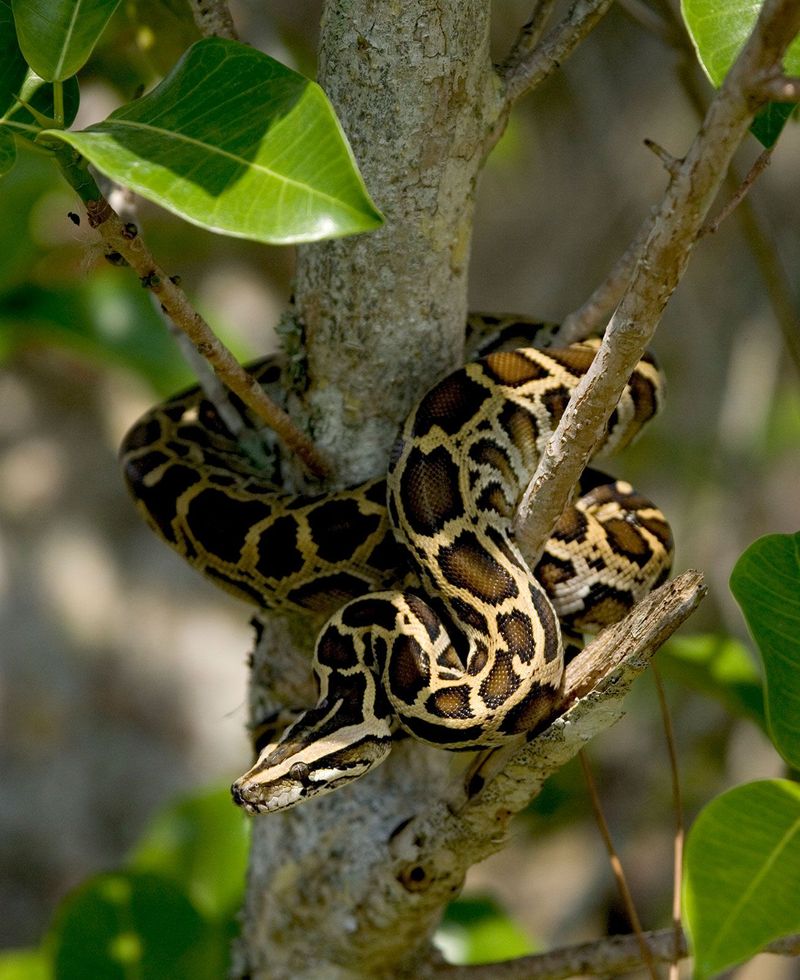
Pythons are remarkably adaptable, thriving in diverse habitats ranging from wetlands to urban areas. This flexibility allows them to invade and establish themselves in many different ecosystems.
Their ability to adjust to various climates and conditions gives them an edge over native species that might be more specialized. This adaptability is a key factor in their success as an invasive species.
Size and Strength

The sheer size and strength of pythons make them formidable predators. They can grow to impressive lengths, which enables them to overpower and consume large prey.
This physical dominance means that few animals can challenge them, further entrenching their position at the top of the food chain in non-native environments.
Resistance to Predators

In their new environments, pythons often face limited natural predators. This lack of threat allows them to grow and reproduce unchecked.
Their defensive tactics and resilience make them tough adversaries even when confronted. This resistance helps them maintain their invasive hold on ecosystems.
Impact on Native Species
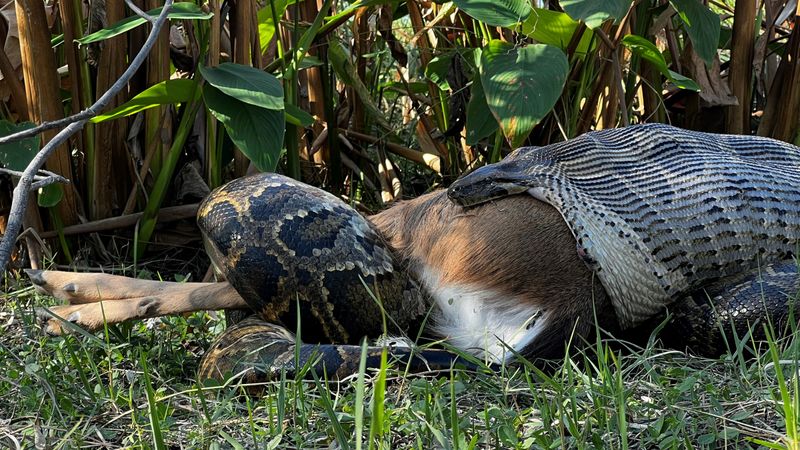
Pythons significantly impact native species by competing for the same resources. Their presence can lead to the decline or extinction of indigenous fauna.
The disruption they cause to food chains and habitats can have cascading effects, altering the entire ecosystem. This impact highlights their threat as an invasive species.
Long Lifespan
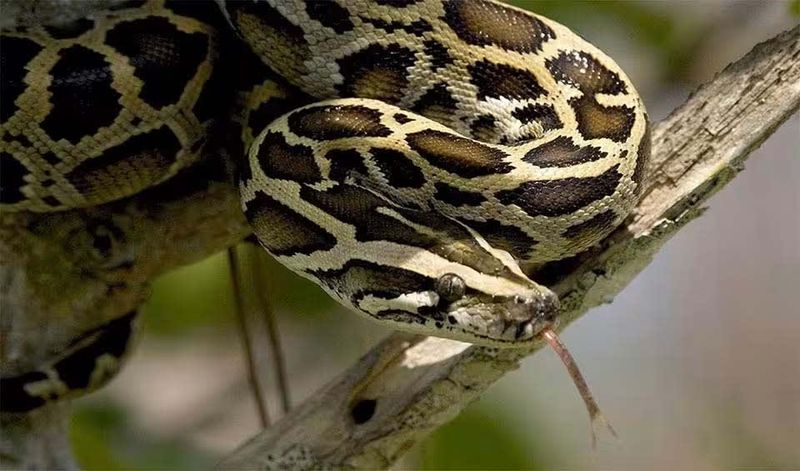
Pythons can live for decades, allowing them to have a prolonged impact on the ecosystems they invade. Their long lives mean that they can reproduce multiple times, contributing to population growth over extended periods.
This longevity gives them an enduring presence, making it hard for ecosystems to recover from their invasions.
Stealthy Hunters
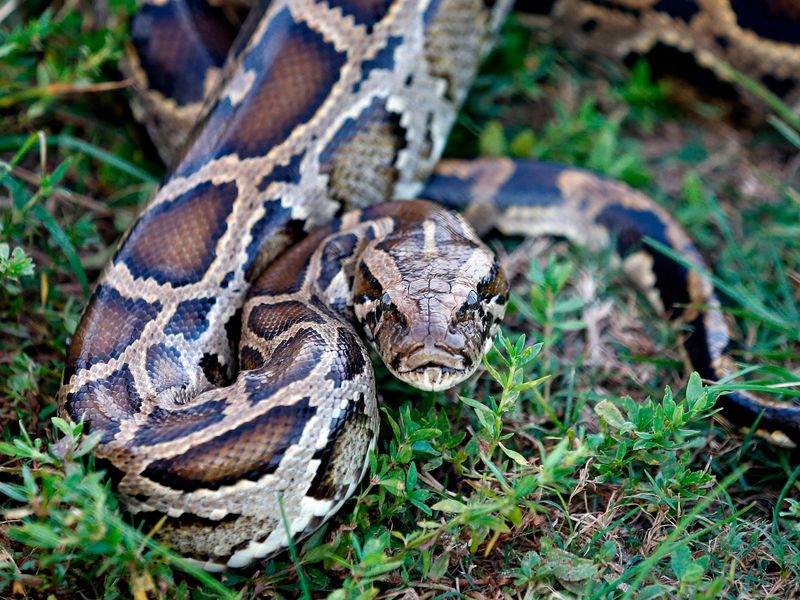
Known for their stealth, pythons are expert hunters that can silently approach and capture unsuspecting prey. Their hunting prowess is a significant factor in their success as invasive predators.
This stealthiness makes it challenging for prey to escape, ensuring that pythons maintain their position as dominant predators in invaded areas.
Displacement of Top Predators
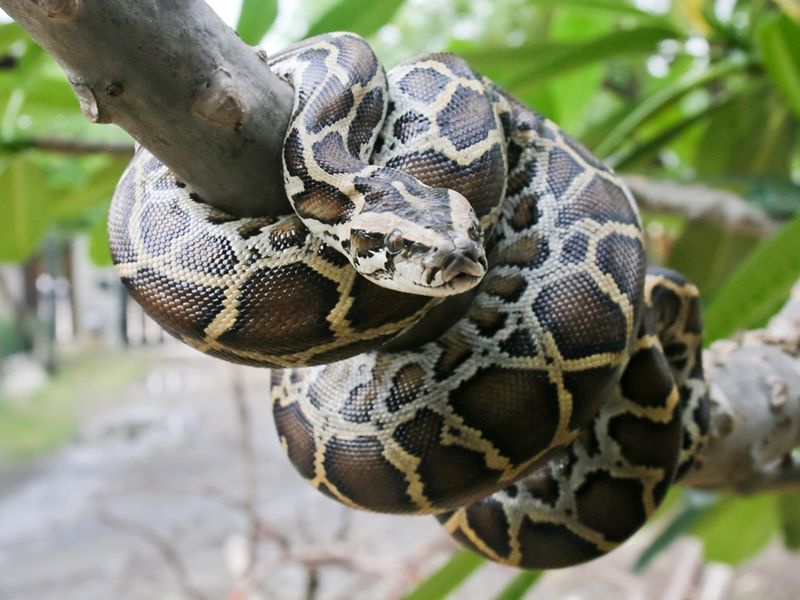
In many ecosystems, pythons become the apex predators, displacing native top predators. Their presence can lead to shifts in the food web and alter predator-prey dynamics.
This displacement affects the balance of the entire ecosystem, as native predators struggle to compete with the python’s dominance.
Rapid Spread
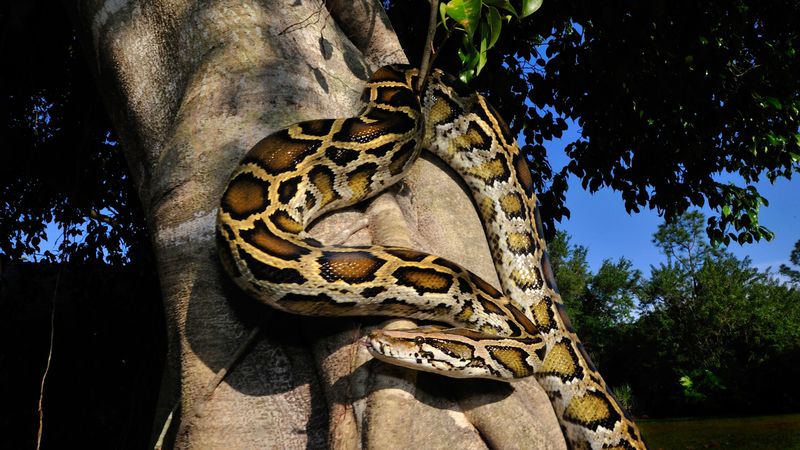
Pythons spread rapidly across regions due to their reproductive success and adaptability. Their ability to cover vast areas makes them a challenging invasive species to manage.
This rapid spread means that they quickly establish themselves in new environments, outcompeting local species and becoming entrenched.
Threat to Human Activities

Pythons pose a threat to human activities, including agriculture and infrastructure. Their presence can lead to economic losses and challenges in affected areas.
The conflict between humans and pythons often results in efforts to control or eradicate their populations, highlighting the challenges they pose as an invasive species.
Altered Ecosystem Dynamics

The introduction of pythons into non-native ecosystems can lead to significant changes in ecosystem dynamics. Their predation affects not only animal populations but also plant communities.
These alterations can result in unforeseen consequences, such as changes in vegetation due to shifts in herbivore populations, further demonstrating their impact as invasive species.
Hard to Detect
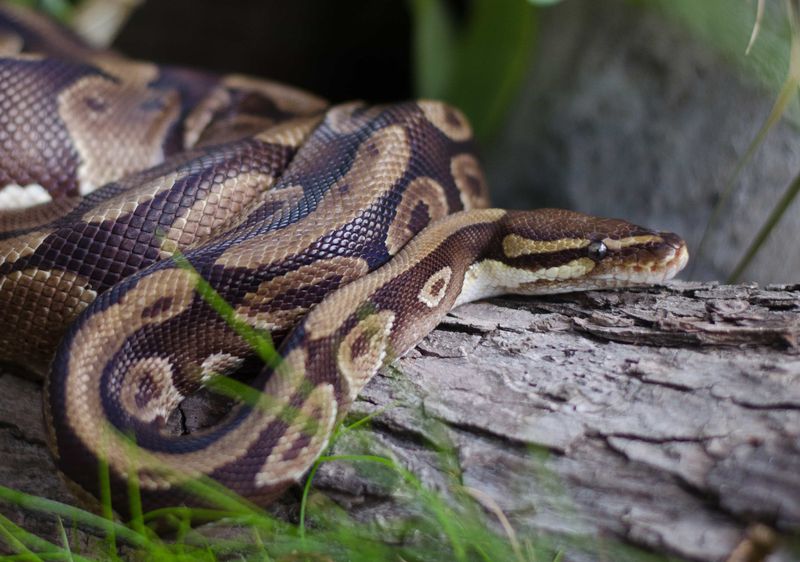
Pythons are notoriously difficult to detect due to their camouflage and stealth. This elusiveness makes it challenging for conservationists to monitor and control their populations.
Their ability to remain hidden contributes to their success in evading efforts to manage their spread, complicating control measures.
Cultural Impact
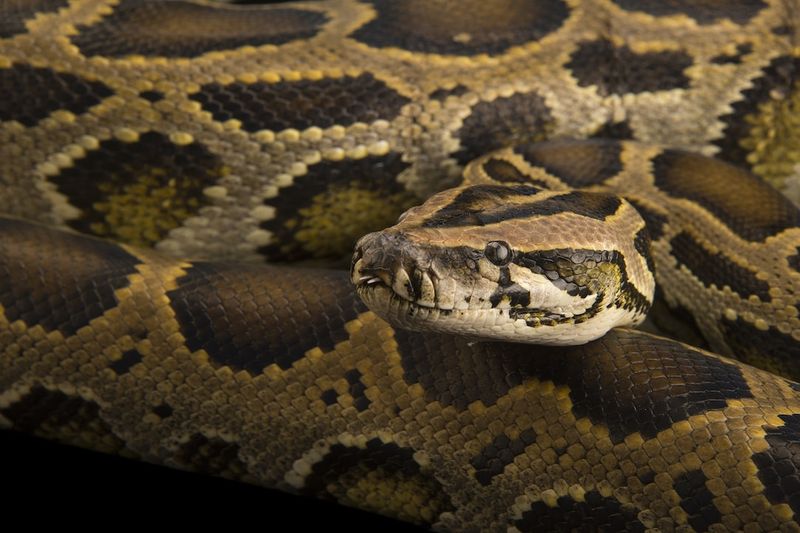
Pythons can have a cultural impact on communities they invade. Their presence can alter traditional practices, particularly in regions where wildlife plays a significant cultural role.
The changes they bring about can affect local customs and economies, highlighting their influence beyond just ecological impacts.

